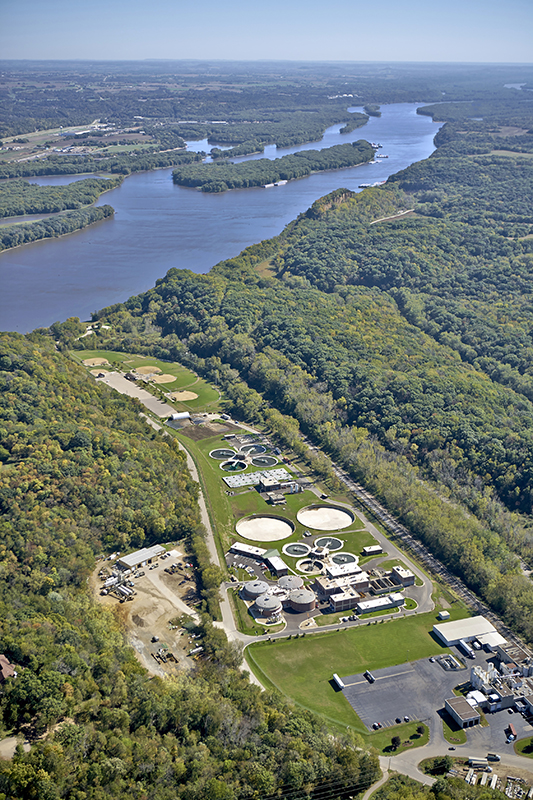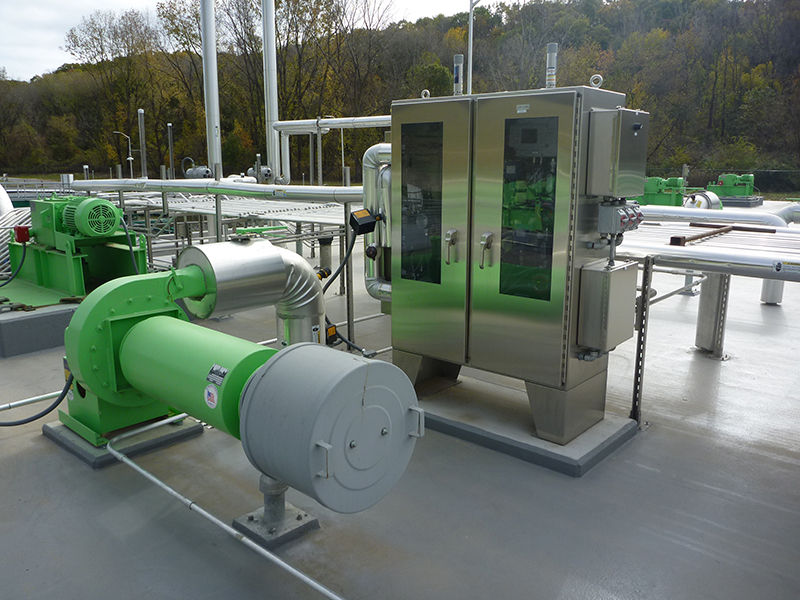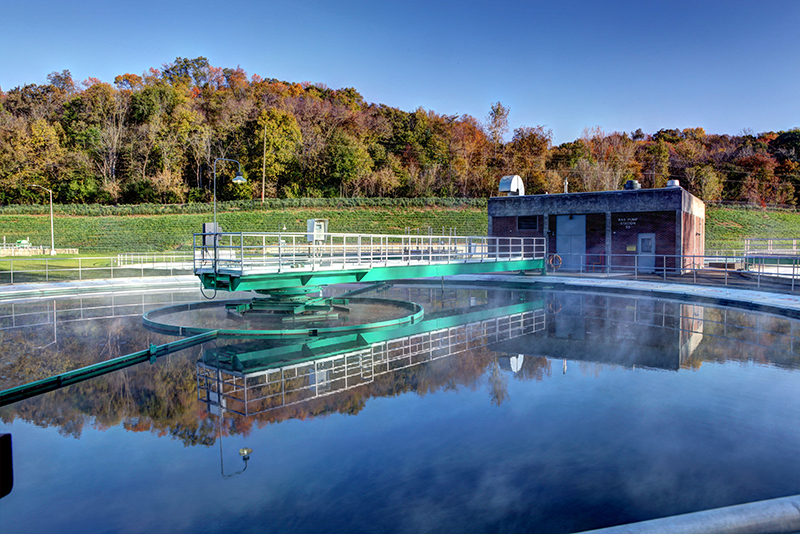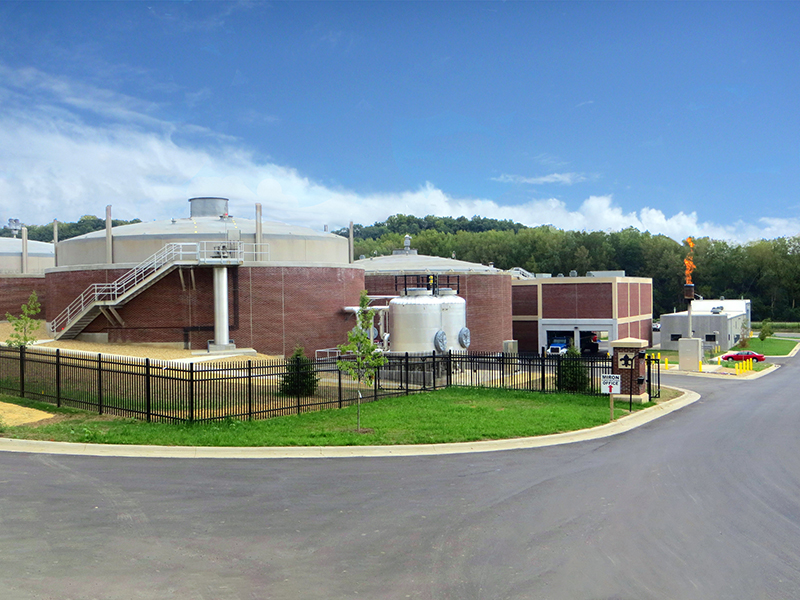We were hired by the City of Dubuque, Iowa, to provide plan development, design, and construction services for the Water and Resource Recovery Center (W&RRC) upgrade project, the largest capital project in the City’s history. A full facilities planning effort was conducted to investigate alternatives for solids and liquids management and for upgrades throughout the plant.
For solids management, the team evaluated seven main alternatives that included monetary and nonmonetary factors such as future regulations, public acceptance, operation concerns, and future expandability, ultimately choosing anaerobic digestion as the best long-term solution for the City’s sustainability goals. Temperature-phased anaerobic digestion (TPAD) facilities were implemented in a repurposed building and produces Class A biosolids, which can be used for residential gardening or landscaping.
As for liquid treatment, the final plan included improvements to the high-purity oxygen (HPO) activated sludge facilities to decrease oxygen use and energy requirements through replacement of 40-year-old equipment and controls and performing structural improvements to the basins. New ultraviolet (UV) disinfection equipment was selected as the best alternative to replace chlorination/dechlorination. The existing contact tank was cost-effectively reused for UV disinfection. Wet-weather flow management was significantly improved by repurposing two 1.5‑million-gallon trickling filters to serve as equalization tanks. In addition, the HPO activated sludge facilities can be quickly converted to a contact-stabilization mode to reduce solids loading to the final clarifiers while still providing biological treatment at sustained flows of 40 MGD.
The final component of the upgrade was the Digester Gas Cogeneration project, which enables the W&RRC to self-generate about 50 percent of its current electrical needs. Our design also enables the plant to achieve near net-zero energy use when large volumes of high-strength wastes are transported in for codigestion.
Overall, design improvements for the W&RRC upgrade and expansion included new fine screens, grit removal equipment, upgrades to the existing three primary clarifiers and construction of a fourth clarifier, replacement of the HPO system controls and equipment, hydraulic upgrades to the four final clarifiers, conversion from chlorine disinfection to UV disinfection, conversion from sludge incineration to anaerobic digestion, new WAS thickening equipment, digested biosolids dewatering centrifuges, a new SCADA system, and other miscellaneous improvements throughout the plant. Innovative techniques in design, construction, and management of this facility are expected to cut heating and cooling usage by 25-30 percent compared to the former 40-year-old plant.
We also developed preliminary project schedules and opinions of total project costs and assisted in the application for funding through the state’s revolving fund program.
Back to Project Gallery







